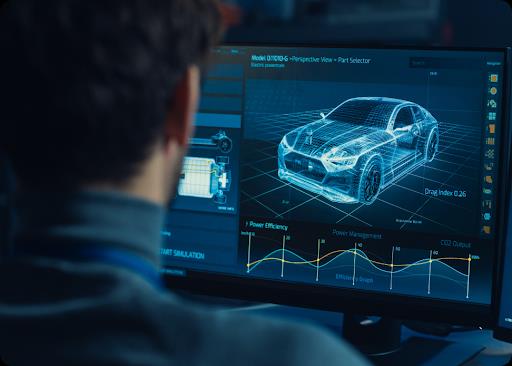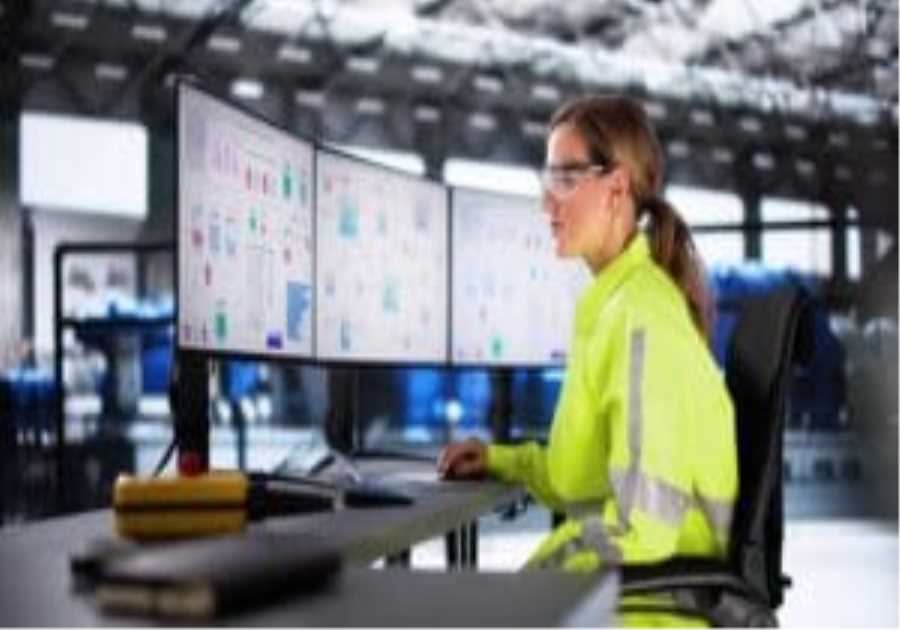
The automotive sector is currently experiencing a significant shift powered by the progress in software and connectivity technologies. Modern vehicles increasingly rely on sophisticated software and electronics to deliver safety, comfort and entertainment systems. This has led automakers to rethink how they develop and architect automotive software.
In the early days of automotive software, systems were relatively simple and isolated. However, the software code ballooned as vehicles added more complex features like ABS, stability control and infotainment systems. AUTOSAR solution was developed to help manage the growing complexity. AUTOSAR (Automotive Open System Architecture) is an open standard that defines a typical software architecture for automotive systems. It aims to make software scalable, transferable and reusable across different vehicle models and OEMs.
Transitioning to a New Architecture
The emergence of connected automobiles and the growth of autonomous driving functionalities have hastened the demand for more resilient software frameworks. Modern vehicles now have over 100 million lines of code on board that control hundreds of ECUs (electronic control units). This has driven automakers to transition from federated architectures to more centralised approaches.
Each ECU runs its own proprietary software and operating system in a federated system. This leads to a lot of redundant code across systems. It also makes upgrades and integration challenging. A centralised architecture consolidates functionality into fewer, more powerful domain controllers that run a standard operating procedure. This reduces duplication, lowers costs and simplifies updates.
Key Benefits of Centralized Architectures
Here are some of the significant benefits of moving to a centralised automotive software architecture:
Reduced complexity – Consolidating functionality into fewer ECUs lowers wiring harness complexity. It also enables software reuse across components.
Lower costs – Centralization allows lower-end hardware to be used in domain controllers. Significant cost savings can be achieved from hardware consolidation.
Easier upgrades – Software can be updated remotely across multiple systems simultaneously. This reduces service costs and makes it easier to add new capabilities.
Faster development – Development and testing cycles are faster with fewer systems. New vehicle models can leverage proven centralised architectures.
Enhanced safety and security – Critical systems can be isolated and sandboxed to contain vulnerabilities. Redundancy improves fault tolerance and reliability.
The Future is Software-Defined
Looking ahead, the auto industry is moving towards a “software-defined vehicle” approach. This treats the vehicle like a smartphone – with apps and software delivering functionality. The underlying hardware becomes standardised and interchangeable. This will enable continuous upgrades and improvements over the lifetime of a vehicle.
As automotive technology continues its rapid advancement, software architectures must keep pace. Automakers who embrace centralised, software-defined architectures will have a substantial competitive advantage in the marketplace. The next generation of safe, intelligent, connected vehicles will only be possible with automotive software innovation.
Challenges in Transitioning Architectures
However, transitioning from legacy federated architectures to modern centralised ones poses significant challenges. Integrating complex, mission-critical systems from various suppliers is difficult. Most automakers have accumulated massive technical debt in their existing code over decades. Refactoring and rearchitecting this is tremendously expensive. Automakers also need ways to validate safety and security when making major architectural shifts. New processes and methodologies are required to manage the growing complexity.
The Role of Partnerships and Standards
Fortunately, automakers are working together and forming partnerships to tackle these challenges. Groups like AUTOSAR are creating standards to enable interoperability. Automakers are also collaborating with leading tech companies, bringing expertise in connectivity, artificial intelligence, and cloud computing. Adopting agile development methodologies and continuous integration / continuous delivery helps manage complexity. Leveraging open-source software and open standards also provides flexibility.
The automotive industry still faces significant hurdles in evolving vehicle architectures. But through shared innovation and best practices, automakers can transition to deliver the next generation of intelligent and connected vehicles.
------------Read More
By: Edward Bishop
Title: The Evolution of Automotive Software Architectures
Sourced From: marketbusinessnews.com/the-evolution-of-automotive-software-architectures/346762/
Published Date: Sun, 10 Sep 2023 00:30:46 +0000
Did you miss our previous article...
https://trendinginbusiness.business/business/this-stayathome-mom-took-a-cybersecurity-boot-camp-and-landed-an-over-75000-a-year-job-at-a-nasa-contractor
.png)





